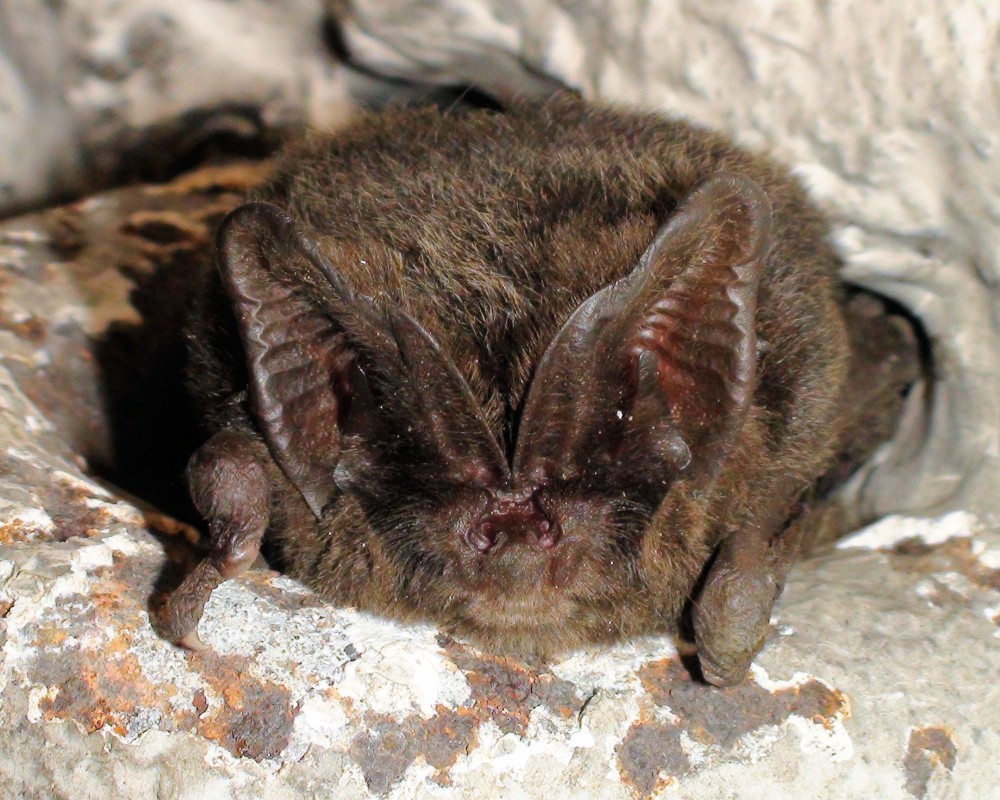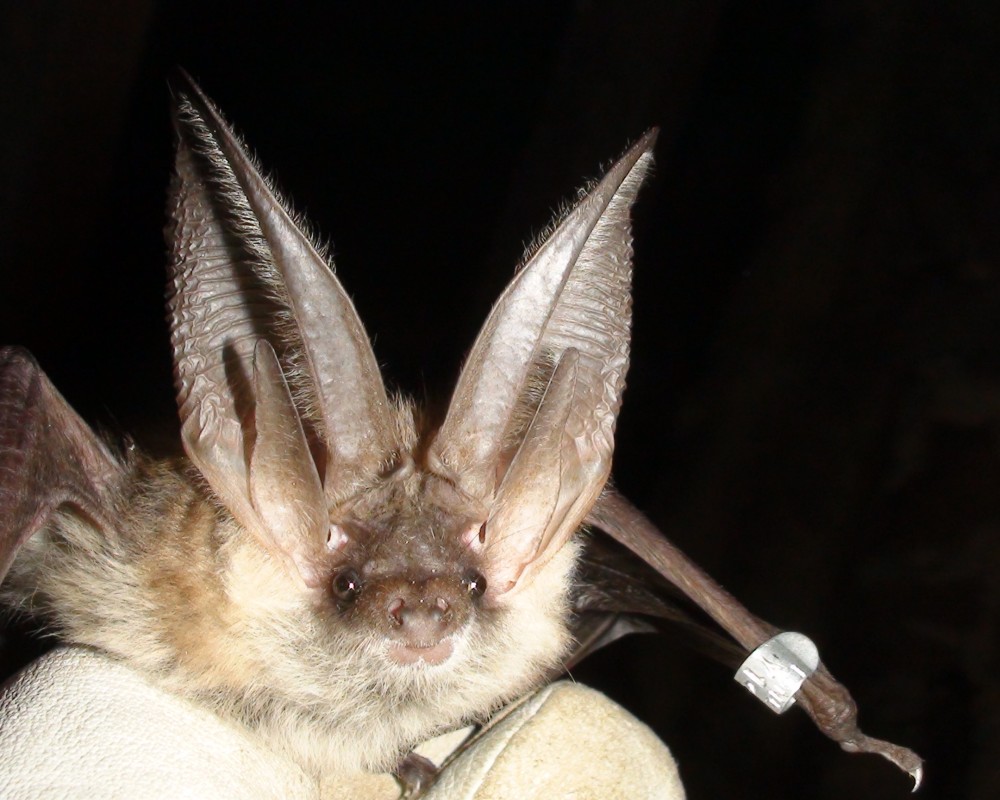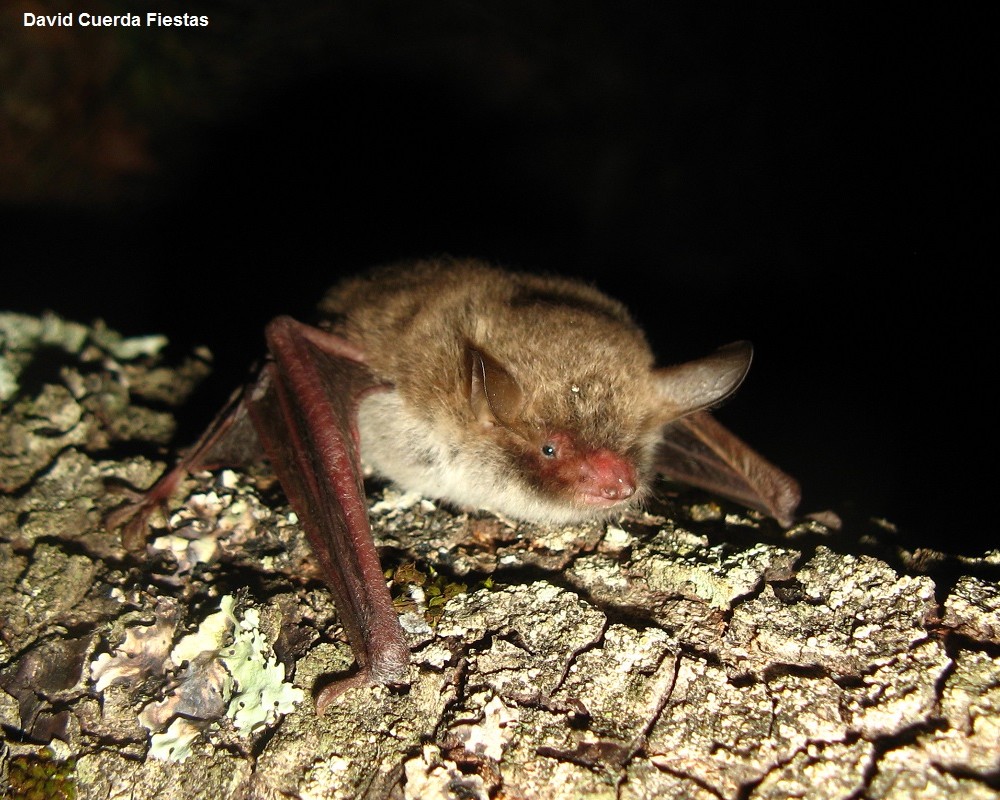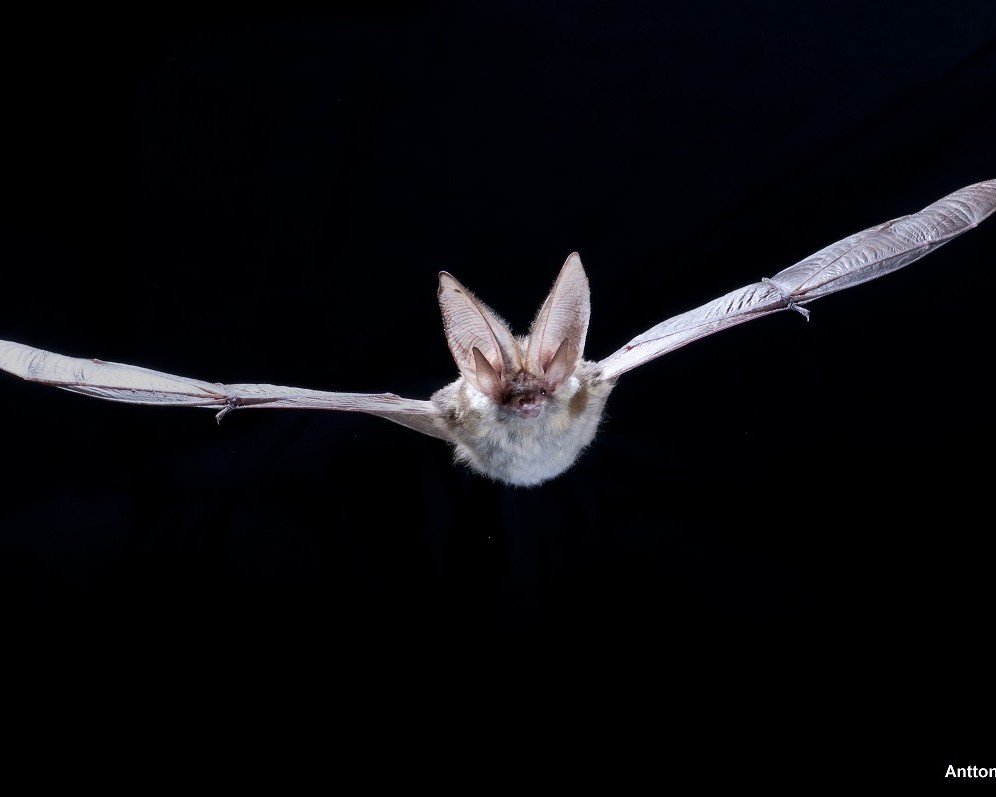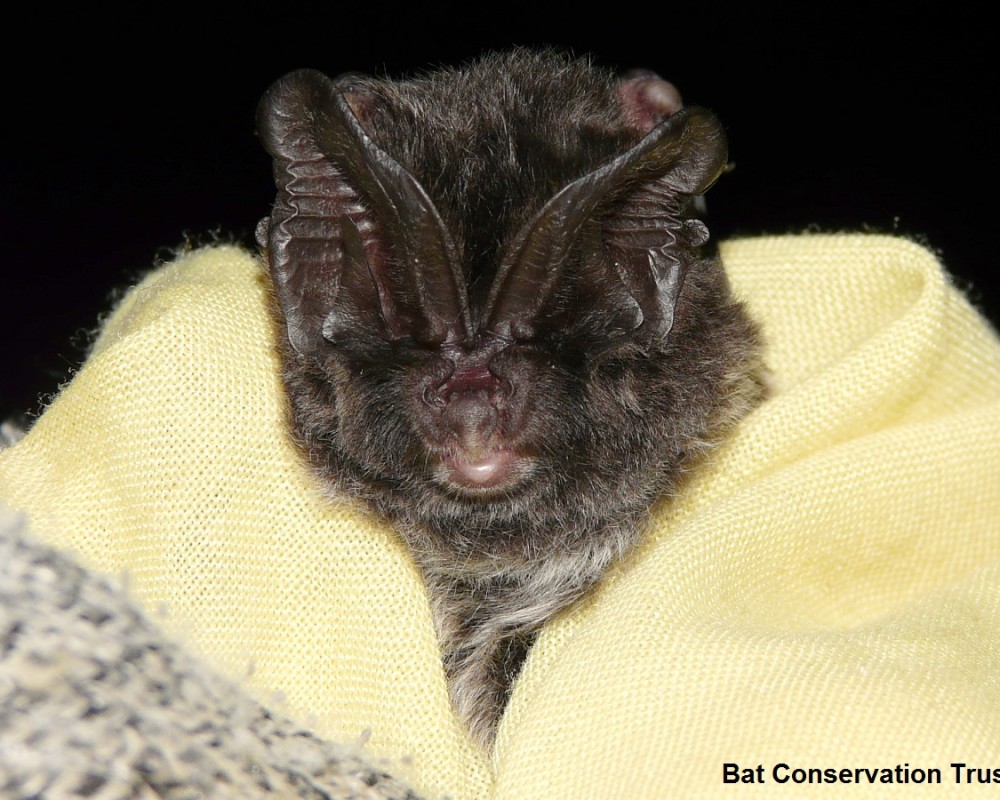Shaping of genetic variation in edge of range populations under past and future climate change
We combined genetic analysis with ecological niche modelling across temporal scales and Approximate Bayesian Computation model-based inference of evolutionary history to research the effects of past and future climate change on edge of range populations of the grey long-eared bat, Plecotus austriacus.
- Our study highlights the importance of combining a historic perspective with future predictions to understand the genetic consequences of climate change.
- We show that historic climate changes and geographical barriers shaped patterns of genetic variation in Plecotus austriacus and that future climate change is likely to reshape these patterns resulting in extensive losses of genetic diversity.
- Former glacial refugia populations currently contain disproportionately high genetic diversity, but niche conservatism, shifts in suitable areas and barriers to migration mean that these hotspots of genetic diversity are under threat from future climate change.
- This pattern is likely to be common to many temperate European species that survived Pleistocene glaciation events in Mediterranean refugia.


